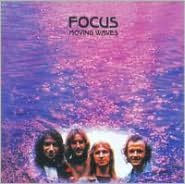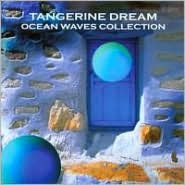Home
The Waves
Loading Inventory...
Barnes and Noble
The Waves
Current price: $59.99


Barnes and Noble
The Waves
Current price: $59.99
Loading Inventory...
Size: Audio CD
*Product Information may vary - to confirm product availability, pricing, and additional information please contact Barnes and Noble
Virginia Woolf's most overtly experimental and perhaps most challenging work, The Waves traces the lives of six characters from childhood through old age, presenting them through their own interwoven voices. The voices, always placed in quotations and introduced with the name of the person speaking, fall somewhere between spoken soliloquy and an interior monologue. The tension between these two things, between the spoken and the unspoken, is, in part, what gives the novel so much of its emotional force. The narration of the novel, placeable on a spectrum somewhere between uncensored inner narration and conscious self-presentation, undergirds one of the novel's central thematic preoccupations. That is, the characters whose "voices" we hear throughout each seem caught trying to mediate between the vivid idiosyncrasies of his or her own inner experience and the world of other people.
Woolf brilliantly introduces this dynamic in the opening few pages where six children, Neville, Louis, Bernard, Susan, Jinny, and Rhoda take turns delivering one-line impressions of what they see around them. What is striking is the way their descriptions do and do not coincide. While they all speak in identical constructions (subject-verb-object) and describe something about their present sensory experience ("I see a crimson tassel"), they take notice of different phenomena and describe those phenomena in unique, impressionistic ways. Indeed, it is unclear in the opening few pages, as it often is in the rest of the novel, whether they are observing the same scene at all. Are they together or are they each alone? There is no third person narrator to tell us; we instead rely on the characters' own depictions of the world they inhabit and the people with whom they inhabit it. The ambiguity is deliberate, since Woolf's suggestion is that even when these people are together, on a deeper level, each one is still very much alone.


















